Goethe-Institut Kanada 2012-2021
Join us on a journey through time!
© photo: Raumlabor
The lease was coming to an end and the new European earthquake-resistant construction standards (!) required major renovations to the institute: all reasons to move, not to mention the 50th anniversary of the Goethe-Institut in Canada. Mechtild Manus, director at the time, and Manfred Stoffl, future director, visit more than thirty-five locations. Among these, they choose the ground floor of Loft des Arts, located on the iconic Saint-Laurent-Boulevard,
in the heart of the city’s cultural life. They envision an open space with a library in its center, and bright classrooms thanks to the big bay windows. What is more, a signature design inspired by contemporary German ecodesign. Concrete, glass and wood blend perfectly together in the new Leed-Ci Silver certified institute that opens in the fall of 2012 as a place for not only exchange and dissemination but also the production of unique cultural events. The journey and rich history continue for the Goethe-Institut Montreal!
© photo: migrantas
We are the we! These words perfectly capture the essence of the project led by migrantas, a Berlin-based collective that uses public space to give visibility to the thoughts and feelings of immigrants from diverse social and cultural backgrounds through evocative pictograms. Following drawing sessions held at the Goethe-Institut with a group of immigrants living in Montreal, the collective transforms the drawings into pictograms and prints posters that line the city's billboards in a touching and revealing public campaign. At the exhibition’s opening at City Hall, guests themselves glue the pictogram of their choice onto a cloth bag before taking it home to express their support for the cause of immigrants, both in Montreal and around the world.
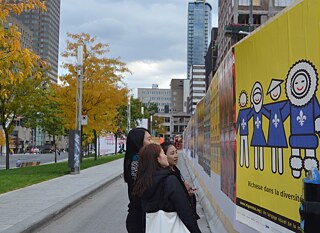
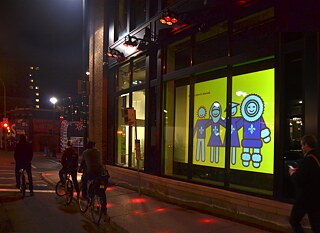
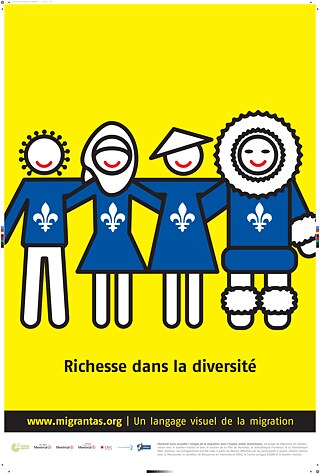
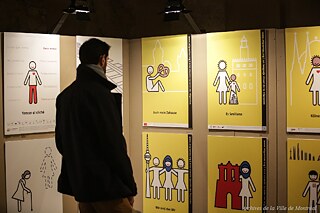

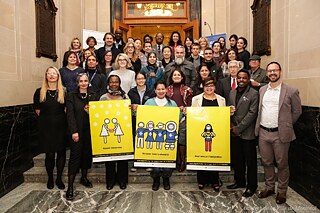
Composer Hanna Hartman is Montreal’s inaugural artist of the cross-residency in new music led by the Goethe-Institut in collaboration with the Hellerau - Europäisches Zentrum der Künste in Dresden, one of Germany’s most important contemporary art centers, the Conseil des arts et des lettres du Québec and the Quebec-based specialized presenter Le Vivier. Since the Berlin artist’s stay, her work Horizontal Cracking In Concrete Pavements is part of the repertoire of the Montreal saxophone quartet Quasar.
On the Quebec side, composer Félix-Antoine Morin - a founding member of the experimental music label Kohlenstoff Records, a name that reveals a certain attachment to the German tradition of new music - is taking advantage of his two-month stay in Dresden to develop the tape and digital treatment of Carrousel, a work for a multi-instrument called “Babel table”.
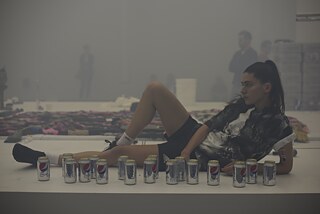
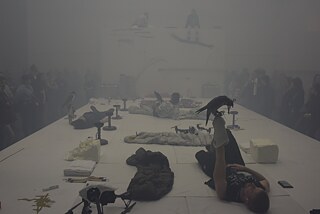
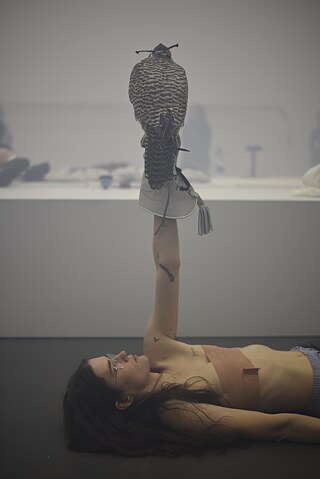
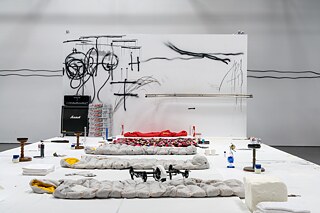
© Kevin Ledo, Photo: Aim Pé
Once a year, the editors of the institutes in North America meet for a creative get-together. Many a project idea has been born and implemented in the process. One of these is the street art blog artbits, which was launched in 2017. In thematic series, employees of the Goethe-Instituts Los Angeles, Mexico, New York and Washington, DC, under the leadership of the editorial team in Montreal, present street art from Germany and North America. In so-called "city tours" there are also city portraits and cultural projects, such as Queer As German Folk, are enriched by a street art perspective. In 2021, artbits got its own worldwide theme page and is now globally accessible at www.goethe.de/artbits. Editorially, however, the site continues to be maintained from Montreal.
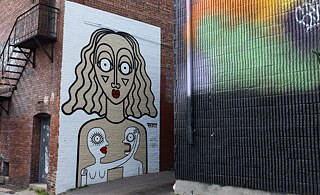
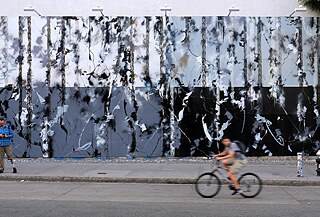
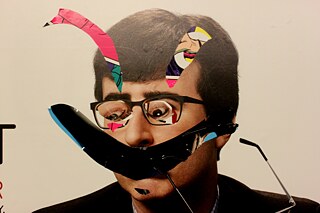
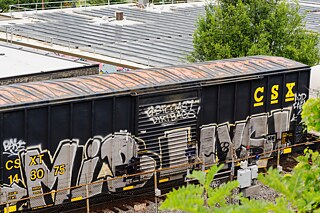
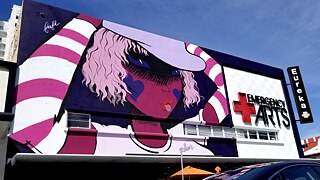
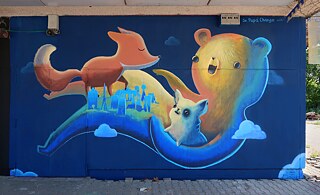
© Ben J. Riepe
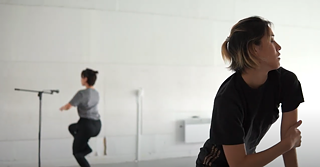
© Goethe-Institut Montreal
Virtual Reality (VR) is real! During multiple roundtables and public workshops spread over eight months in 2018, some 20 German and Canadian professionals in this fast-growing field are meeting in Montreal and then in Berlin at the impressive meeting orchestrated by the Goethe-Institut of Montreal VR:RV. A German-Canadian Exchange Virtual Reality. “Germany and Canada”, explains the director of the institute Katja Melzer, “have similar discussions about the public and private media landscape, and especially about the future of journalism. With VR:RV, we want to initiate creative exchanges on these topics and encourage the production of collaborative works that reflect themes relevant to German and Canadian audiences.
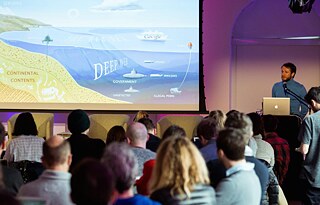
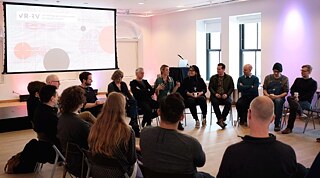
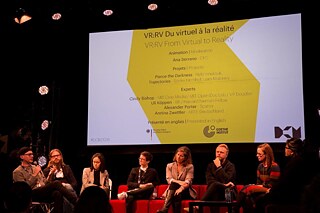

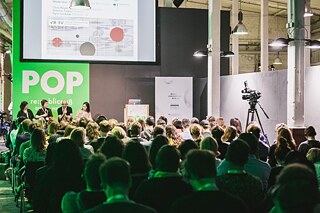
© Pasch
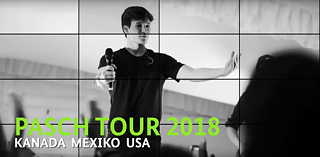
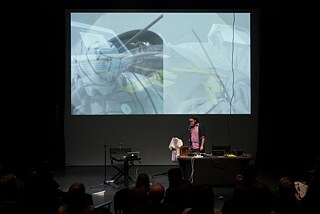
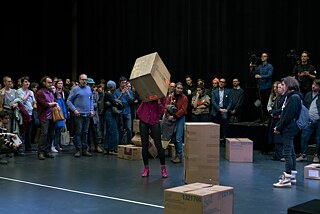
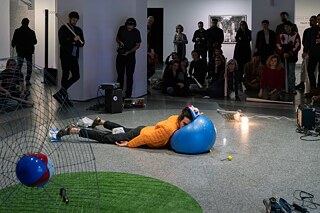
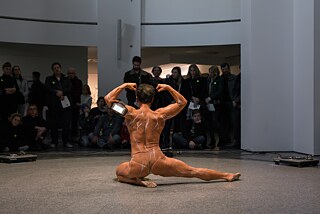
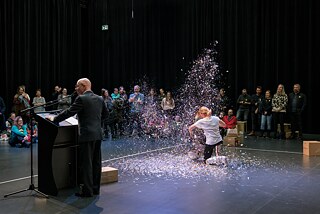
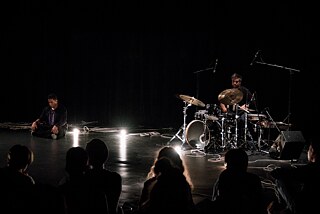
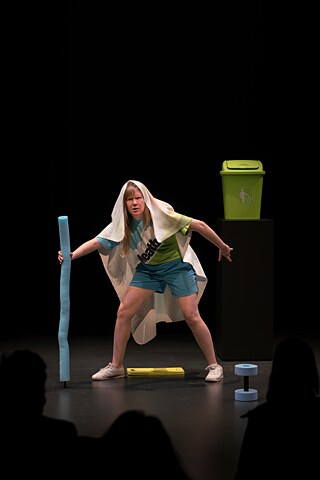
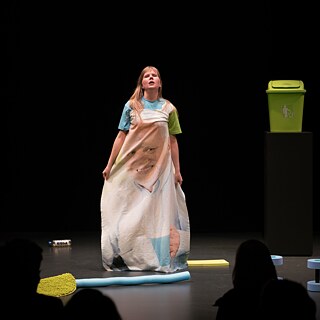
In 2020, Canada is the guest of honour at the Frankfurt Book Fair: a prestigious and big opportunity to bring together contemporary literature from here with that of Germany and the world. Unfortunately, the pandemic has forced the event to be postponed to 2021, and Canada retains its title of guest of honor. What could this earth-shattering year 2020 have meant? The 20 on 2020 exchange project allowed ten authors from Canada and their German counterpart to reflect on their experiences and offer their observations on this tragic year.
In the introduction to this digital book - available for free - essayist and novelist John Ralston Saul quotes a public letter by Thomas Mann written in early 1937: “The unity of humanity and the completeness of the human problem lie in the word, from which one cannot, less than ever in our time, separate the intellectual and artistic from the political and social, isolating oneself in the ivory tower of the ‘cultural’.”
Get the book for free here.